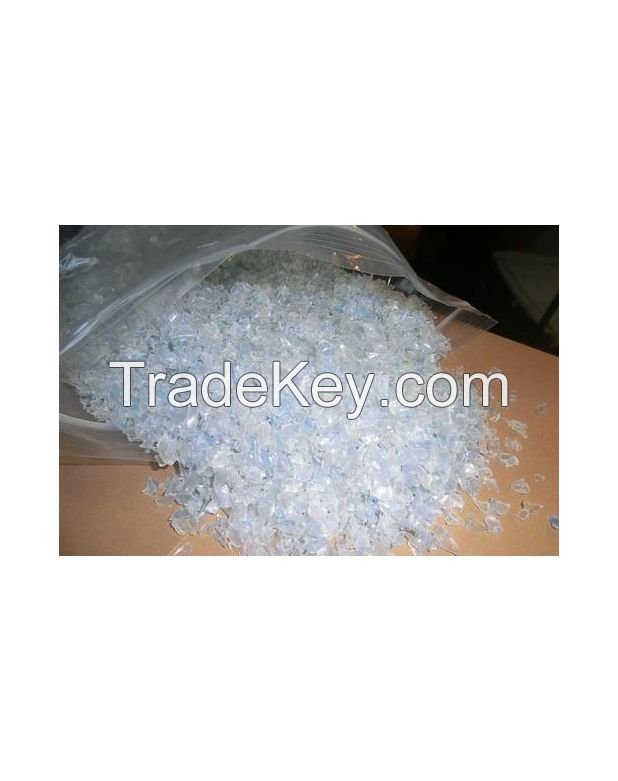Description
- PET flakes are small pieces of recycled polyethylene
terephthalate (PET), a type of plastic commonly used in bottles,
containers, and packaging. The flakes are produced by processing
used PET products and are a key component in the recycling and
reuse of plastic materials. Heres a summary of PET flakes:
### **Production Process:**
1. **Collection:** Used PET bottles and containers are collected
and sorted.
2. **Cleaning:** The collected PET is cleaned to remove labels,
adhesives, and contaminants.
3. **Shredding:** The clean PET is shredded into small pieces or
flakes.
4. **Further Processing:** The flakes may undergo additional
processing, such as washing and drying, to ensure purity and
quality.
### **Uses:**
1. **Recycling:**
- **Applications:** PET flakes are often used to
create new PET products, including bottles, containers, and fibers
for textiles.
- **Benefits:** Helps reduce the need for virgin PET
and lowers environmental impact.
2. **Textiles:**
- **Applications:** Recycled PET flakes can be
processed into fibers for clothing, carpets, and other textile
products.
- **Benefits:** Provides a sustainable alternative to
virgin fibers and reduces plastic waste.
3. **Packaging:**
- **Applications:** Used to manufacture new plastic
containers and packaging materials.
- **Benefits:** Supports a circular economy by reusing
materials and minimizing waste.
4. **Construction Materials:**
- **Applications:** PET flakes can be used in the
production of composite materials and insulation products.
- **Benefits:** Offers a use for recycled plastics in
construction and building industries.
### **Benefits:**
- **Environmental Impact:** Recycling PET into flakes helps reduce
plastic waste, conserve resources, and lower carbon emissions
associated with producing new plastic.
- **Economic:** Provides a cost-effective material for
manufacturing and supports recycling industries.
### **Quality and Specifications:**
- **Purity:** The quality of PET flakes can vary based on the
source and processing methods. Higher purity flakes are preferred
for applications requiring stringent standards.
- **Size and Shape:** PET flakes come in various sizes and shapes
depending on the shredding process and intended use.
### **Challenges:**
- **Contamination:** PET flakes can be contaminated with other
materials, affecting their quality and suitability for certain
applications.
- **Processing Costs:** The recycling process can be complex and
costly, impacting the overall economics of using recycled PET.
- PET flakes play a crucial role in recycling and sustainability
efforts, providing a valuable resource for creating new products
and reducing the environmental footprint of plastic waste.


